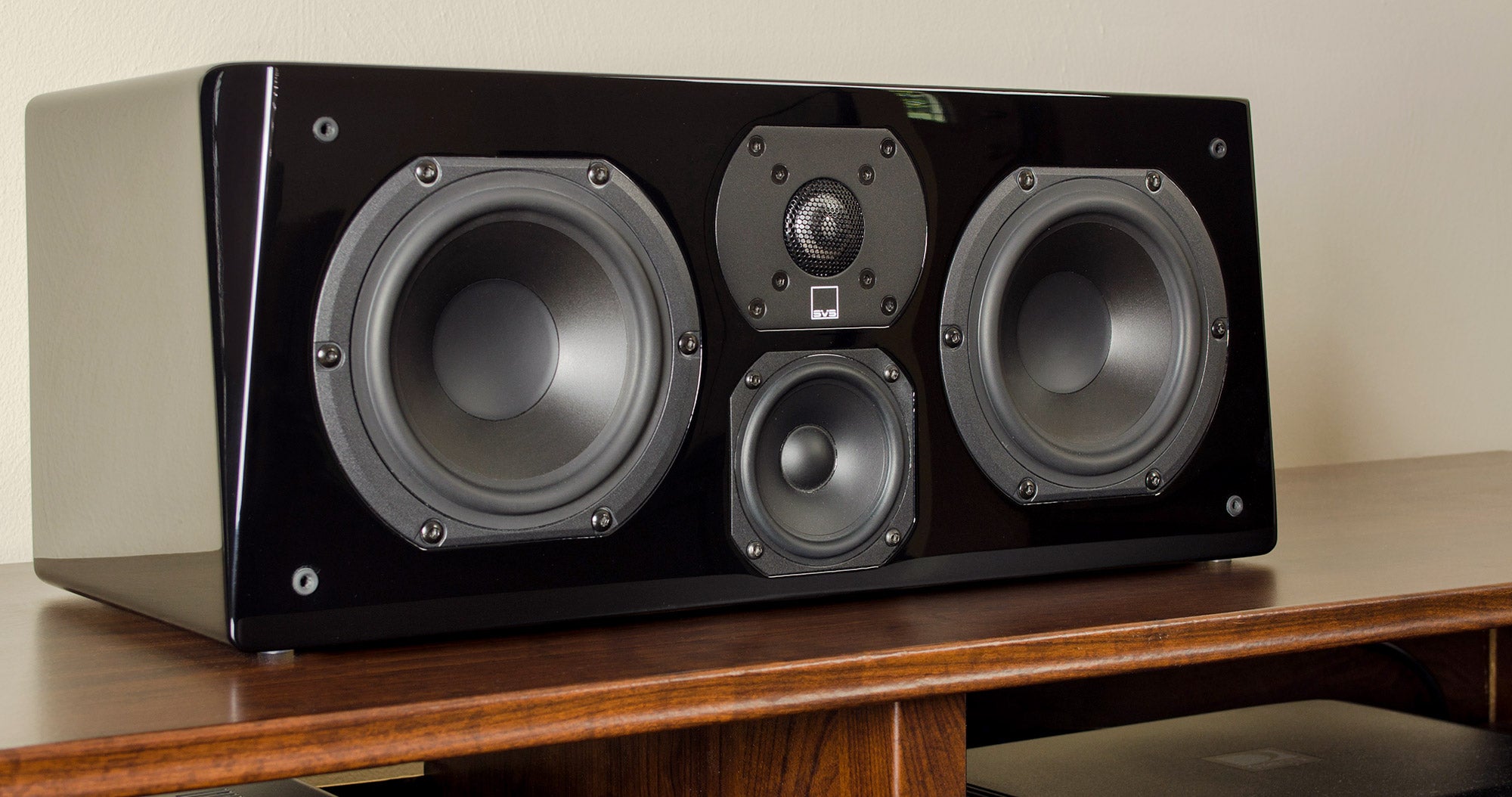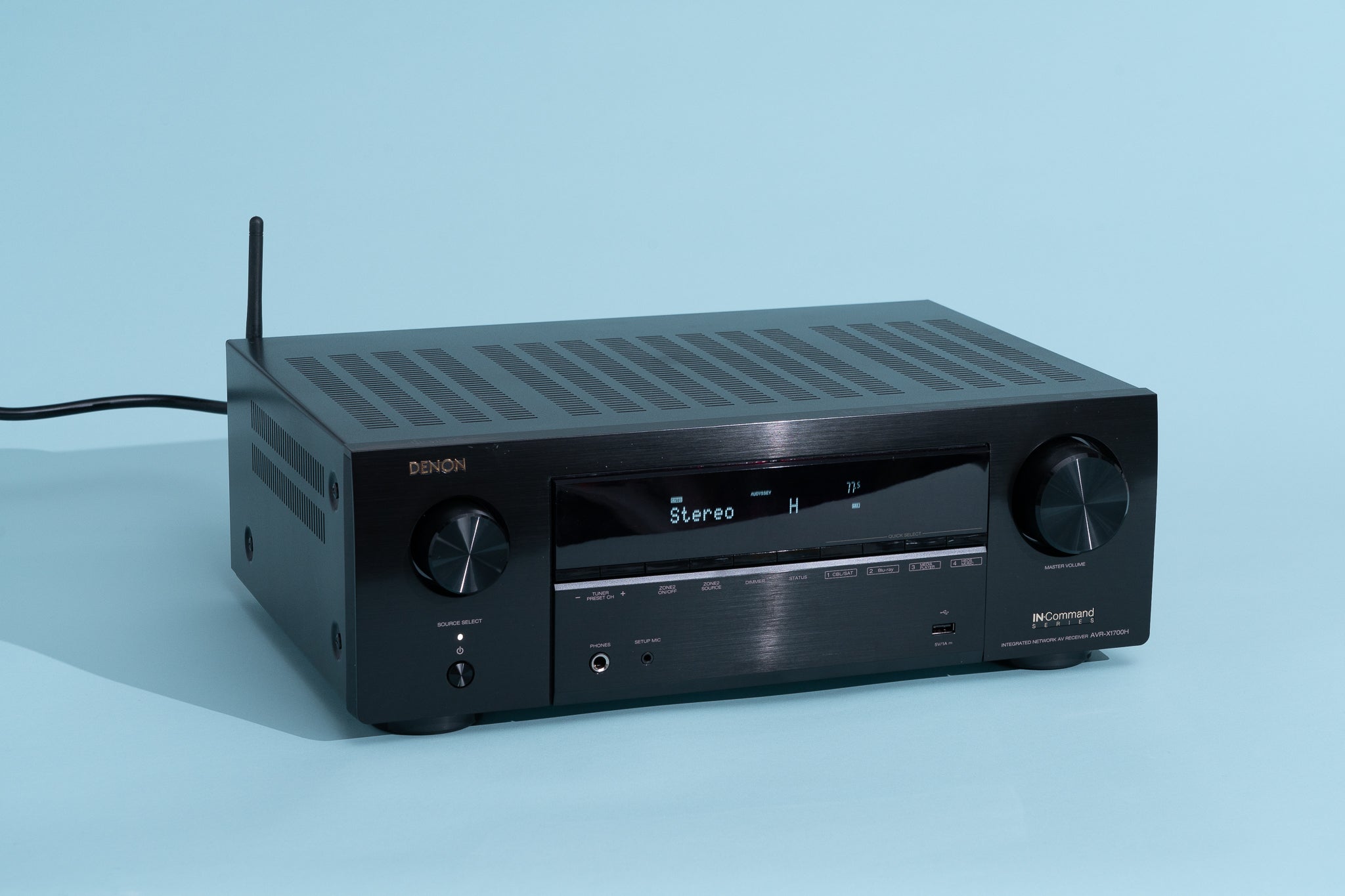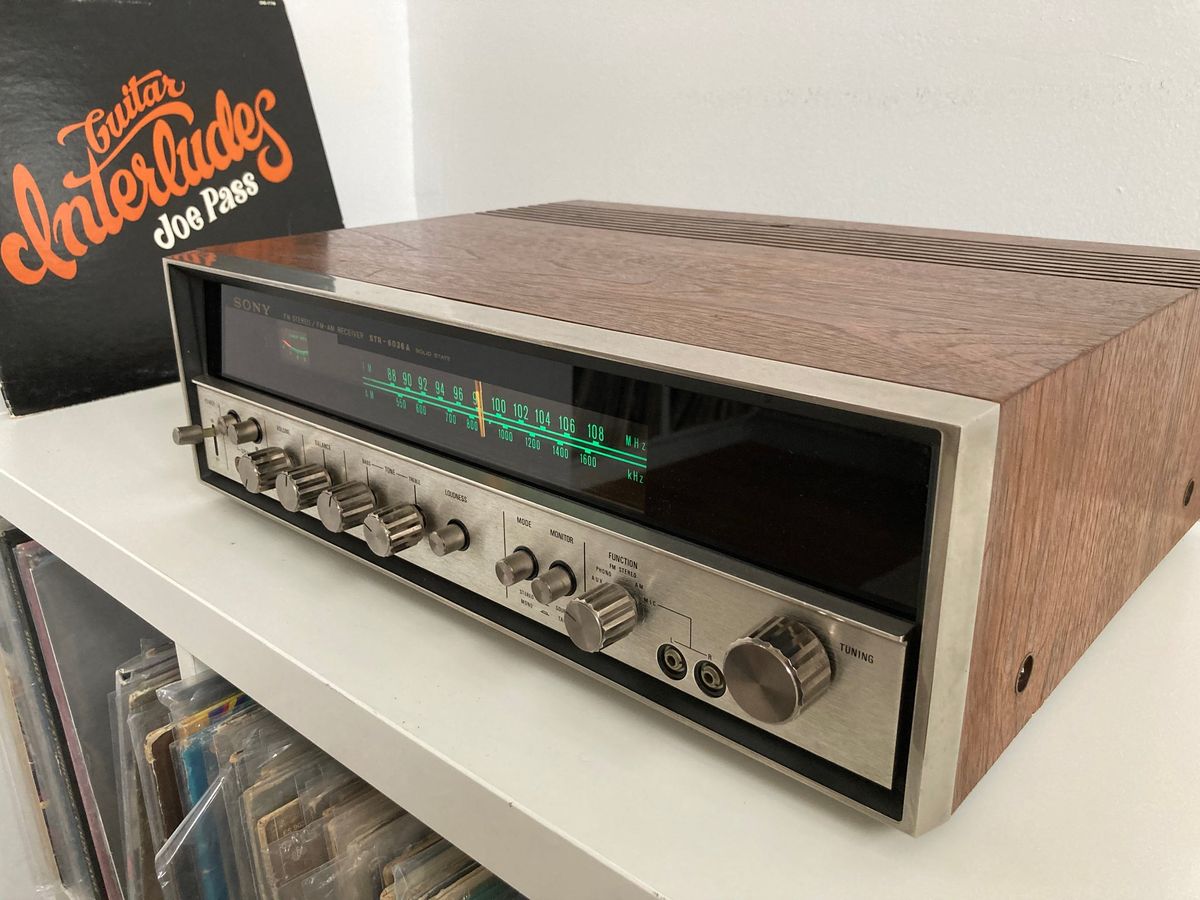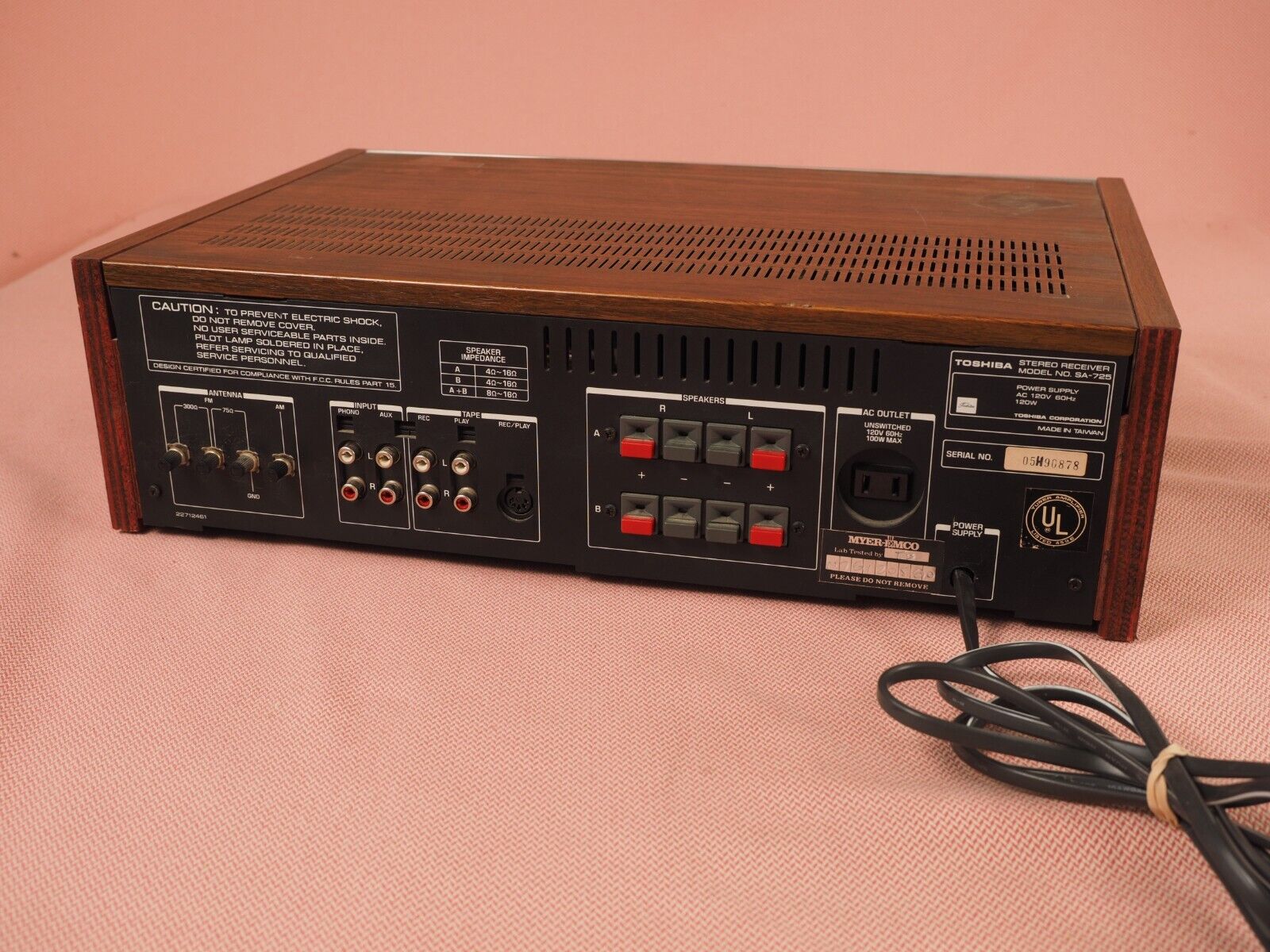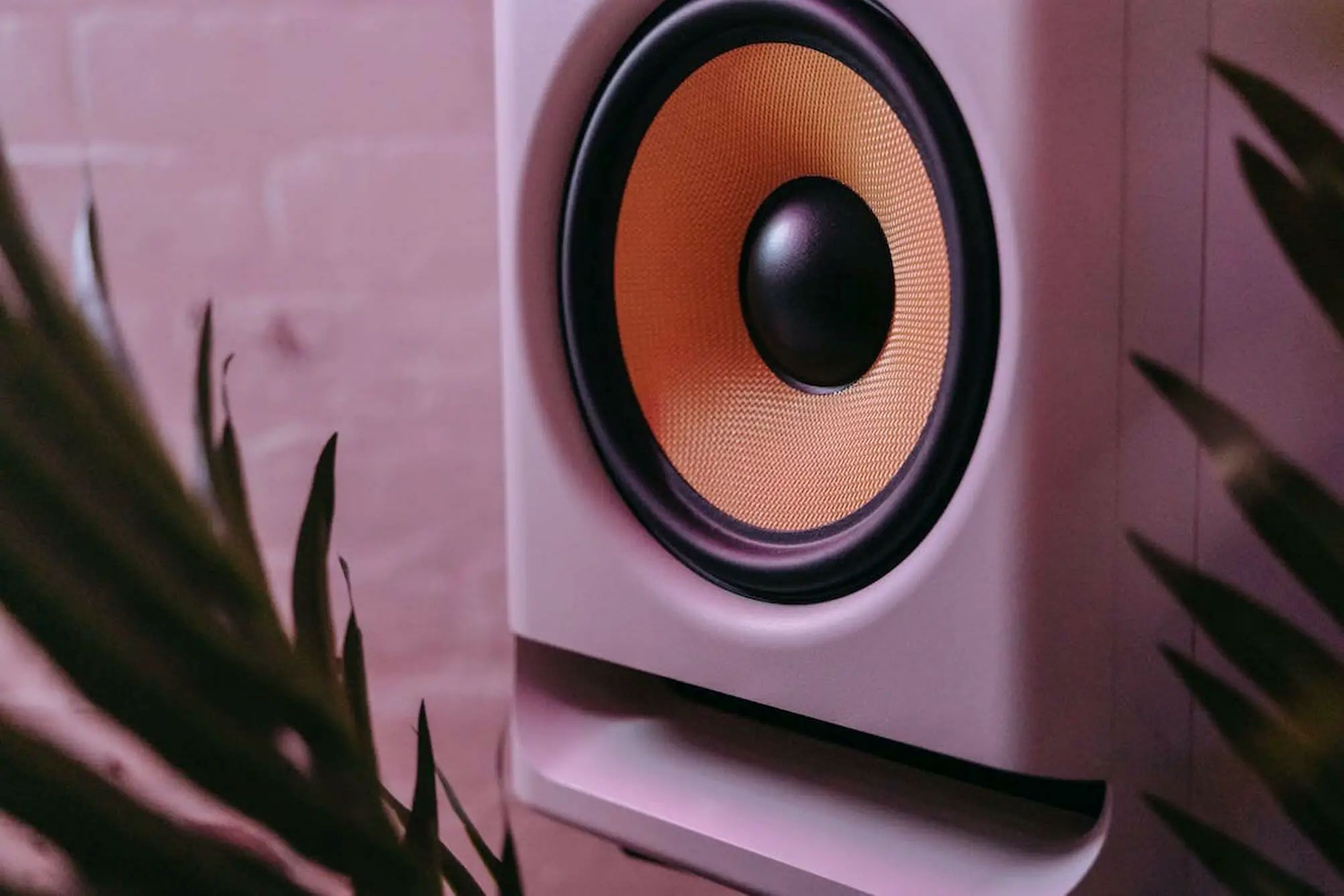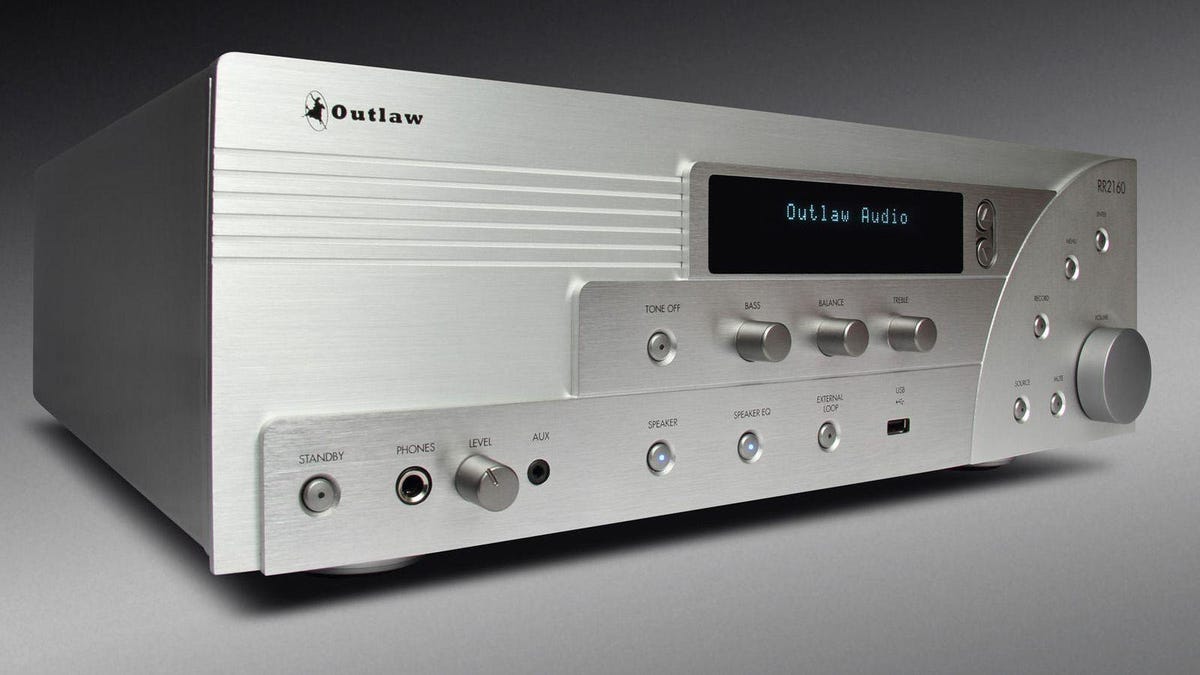Home>Production & Technology>Stereo>How To Connect Wireless Speakers To Stereo Receiver?
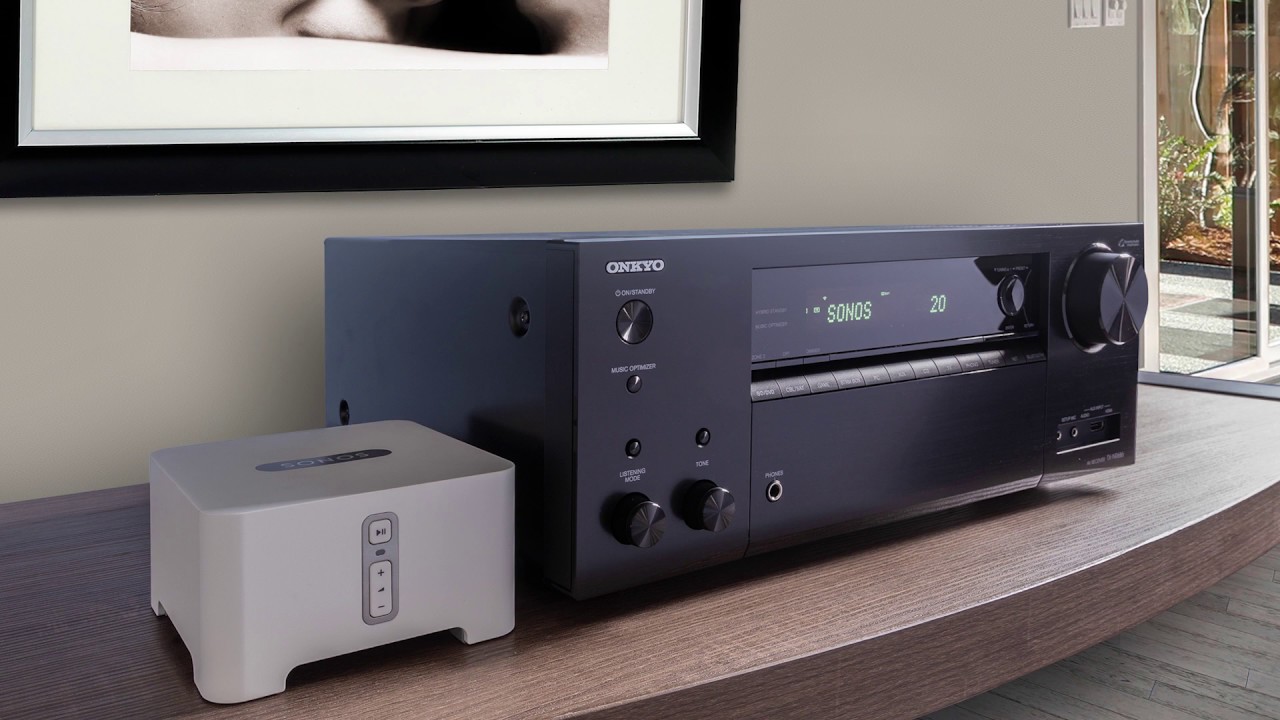

Stereo
How To Connect Wireless Speakers To Stereo Receiver?
Modified: January 22, 2024
Learn how to easily connect wireless speakers to your stereo receiver and enhance your sound system. Step-by-step instructions and troubleshooting tips for a seamless setup.
(Many of the links in this article redirect to a specific reviewed product. Your purchase of these products through affiliate links helps to generate commission for AudioLover.com, at no extra cost. Learn more)
Table of Contents
Introduction
Wireless speakers have become a popular choice for modern audio enthusiasts. They offer convenience and flexibility, allowing you to enjoy high-quality sound without the hassle of cables and cords. If you have a stereo receiver and want to connect wireless speakers to it, you’re in luck! This article will guide you through the step-by-step process of connecting wireless speakers to your stereo receiver.
Before we dive into the details, it’s important to note that not all stereo receivers are compatible with wireless speakers. So the first step is to check if your receiver has built-in wireless capabilities or if it can be paired with external wireless adapters. If your receiver doesn’t have wireless features, you may need to consider purchasing a wireless adapter or upgrading to a receiver that supports wireless connectivity.
In this guide, we will assume that you have a receiver with either built-in wireless capabilities or the ability to connect external wireless adapters. So let’s get started and learn how to connect wireless speakers to your stereo receiver!
Step 1: Check Compatibility
The first step in connecting wireless speakers to your stereo receiver is to determine their compatibility. As mentioned earlier, not all receivers are equipped with wireless capabilities, so it’s important to check if your receiver supports wireless connectivity.
Start by referring to the user manual or specifications of your stereo receiver. Look for any indications of wireless capabilities, such as built-in Bluetooth or Wi-Fi. If your receiver has these features, you’re good to go! You can proceed to the next steps of setting up your wireless speakers.
However, if your receiver doesn’t have wireless capabilities, you can still connect wireless speakers by using external wireless adapters. These adapters can be connected to the receiver’s audio output ports and then paired with the wireless speakers. Make sure to choose a wireless adapter that is compatible with your receiver and supports the same wireless technology as your speakers, such as Bluetooth or Wi-Fi.
Additionally, it’s important to ensure that your wireless speakers are compatible with the wireless technology supported by your receiver or wireless adapter. Check the specifications of your speakers and verify if they support the same wireless protocol as your receiver or adapter. This ensures a seamless connection and avoids any compatibility issues.
By confirming the compatibility between your stereo receiver, wireless speakers, and any necessary wireless adapters, you can proceed with confidence and avoid any potential connectivity problems.
Step 2: Prepare Your Wireless Speakers
Once you have confirmed the compatibility of your stereo receiver and wireless speakers, it’s time to prepare your wireless speakers for the connection process.
1. Read the User Manual: Before you begin, take a few moments to review the user manual of your wireless speakers. Understanding the manufacturer’s instructions and recommendations will help you make the most of the speakers’ features and functionalities.
2. Power On: Ensure that your wireless speakers are fully charged or connected to a power source. Most wireless speakers come with a built-in battery that needs to be charged before use. If your speakers require an external power supply, plug them into an electrical outlet.
3. Enable Pairing Mode: If your wireless speakers have a pairing mode, activate it according to the manufacturer’s instructions. Pairing mode enables the speakers to establish a connection with your stereo receiver or wireless adapter. Typically, you’ll need to press and hold a button or switch to enable this mode.
4. Place the Speakers: Consider the placement of your wireless speakers. Ensure that they are positioned within range of your stereo receiver or wireless adapter. Avoid obstructing objects or obstacles that may interfere with the signal transmission.
5. Adjust Speaker Settings: Depending on your wireless speakers, you may have access to various settings and controls. Take the time to adjust the volume, EQ settings, or any other options available on your speakers. This step will help you optimize the audio output and tailor it to your preferences.
By following these steps to prepare your wireless speakers, you’ll ensure that they are ready for the connection process. Taking the time to review the user manual and set up the speakers properly will help you achieve the best audio experience.
Step 3: Set Up Your Stereo Receiver
Before you can connect your wireless speakers to your stereo receiver, you need to ensure that the receiver is properly set up. This step will vary depending on your specific receiver model and the wireless technology it supports. Follow these general guidelines:
1. Power On: Ensure that your stereo receiver is connected to a power source and turned on. Make sure all necessary cables are securely plugged into their respective ports.
2. Access Wireless Settings: If your receiver has built-in wireless capabilities, access the wireless settings menu. This can usually be done through the receiver’s on-screen interface or by pressing a dedicated button on the front panel. Follow the on-screen instructions to enable wireless connectivity.
3. Connect External Wireless Adapter (if applicable): If your receiver requires an external wireless adapter, connect it to the appropriate audio output port. Refer to the user manual for specific instructions on how to connect and set up the wireless adapter.
4. Pair with Wireless Speakers: Once your stereo receiver is powered on and the wireless settings are accessible, initiate the pairing process with your wireless speakers. This process will depend on the wireless technology used by your speakers (e.g., Bluetooth or Wi-Fi). Consult the user manual of your speakers or receiver for detailed instructions on how to pair the devices.
5. Configure Audio Output: In your stereo receiver’s settings, ensure that the audio output is properly configured to route the sound to the wireless speakers. This may involve selecting the correct audio output source and adjusting any necessary settings, such as speaker configuration or audio formats.
By setting up your stereo receiver correctly, you lay the foundation for a successful connection with your wireless speakers. Be sure to consult the user manuals and follow any specific instructions provided by the manufacturer to ensure a smooth setup process.
Step 4: Connect the Wireless Speakers
Now that your wireless speakers are prepared and your stereo receiver is set up, it’s time to connect the two devices. The exact process will depend on the wireless technology used by your speakers (e.g., Bluetooth or Wi-Fi). Follow these general steps:
1. Activate Pairing Mode: Activate the pairing mode on your wireless speakers. This step usually involves pressing and holding a dedicated button or following specific instructions provided by the manufacturer. Refer to your speaker’s user manual for precise details.
2. Locate the Speakers: On your stereo receiver, go to the wireless settings menu or use the remote control to search for available devices. Your speakers should be listed as an option. Select the appropriate option to initiate the pairing process.
3. Pair the Devices: The stereo receiver will attempt to establish a connection with your wireless speakers. It may request a passcode or PIN to complete the pairing process. Enter any necessary codes as prompted, following the instructions provided by the receiver or speakers.
4. Wait for Confirmation: Once the pairing process is initiated, wait for the stereo receiver to confirm a successful connection with the wireless speakers. This may be indicated by a notification on the receiver’s display or through a sound confirmation from the speakers themselves.
5. Test the Connection: To ensure that the connection between your stereo receiver and wireless speakers is working correctly, play some audio through the receiver. Verify that the sound is being transmitted to the wireless speakers and that the quality is satisfactory. Adjust the volume settings as needed.
By following these steps, you can successfully connect your wireless speakers to your stereo receiver. Remember to refer to the user manuals of both devices for any specific pairing instructions or troubleshooting tips.
Step 5: Test the Connection
After connecting your wireless speakers to your stereo receiver, it’s important to test the connection to ensure that everything is working properly. Here are some steps to follow when testing the connection:
1. Play Audio: Start by playing your favorite music or audio content through your stereo receiver. Make sure the volume is set to an audible level.
2. Check Sound Output: Confirm that the sound is coming from the wireless speakers and not from the receiver’s built-in speakers or any other connected devices. You can do this by placing your hand near the wireless speakers or listening closely to identify the source of the sound.
3. Adjust Speaker Placement: If necessary, adjust the placement of your wireless speakers to optimize the sound quality and ensure an even distribution of audio throughout the listening area. Experiment with different positions to find the best sound output.
4. Test Connectivity Range: Walk around the room or area where the speakers are located to test the range of the wireless connection. Make sure the audio remains clear and uninterrupted even when you move further away from the receiver. If you encounter any signal drops or audio distortion, consider adjusting the positioning of the wireless speakers or checking for any potential interference sources.
5. Fine-tune Audio Settings: Use your stereo receiver’s audio settings or any accompanying apps to adjust the sound output according to your preferences. This may include adjusting bass and treble levels, enabling surround sound effects, or activating any specific audio enhancement features.
By thoroughly testing the connection, you can ensure that your wireless speakers are functioning correctly and providing a high-quality audio experience. Don’t hesitate to make adjustments or consult the user manuals for further instructions on optimizing the sound output.
Conclusion
Connecting wireless speakers to your stereo receiver can greatly enhance your audio setup, providing convenience and flexibility in enjoying high-quality sound. By following the steps outlined in this guide, you can successfully connect your wireless speakers to your stereo receiver and create a seamless audio experience.
Remember to first check the compatibility of your receiver and speakers, ensuring that they support the same wireless technology. If your receiver doesn’t have built-in wireless capabilities, consider using external wireless adapters to enable the connection.
Prepare your wireless speakers by familiarizing yourself with the user manual, ensuring they are powered on and in pairing mode. Take the time to position them strategically to optimize sound quality and avoid any signal interference.
Set up your stereo receiver by powering it on, accessing the wireless settings, and connecting any necessary external wireless adapters. Pair your receiver with the wireless speakers according to the specific pairing instructions provided by the manufacturer.
Finally, test the connection by playing audio through the receiver and confirming that the sound is being transmitted to the wireless speakers. Make any necessary adjustments to the speaker placement, audio settings, or positioning to optimize the audio experience.
With a successfully connected system, you can enjoy the freedom of wireless audio and experience immersive sound throughout your space.
Remember to consult the user manuals and follow any specific instructions provided by the manufacturer for your specific model of receiver and wireless speakers. Following these guidelines will ensure a seamless and enjoyable experience as you connect wireless speakers to your stereo receiver.

